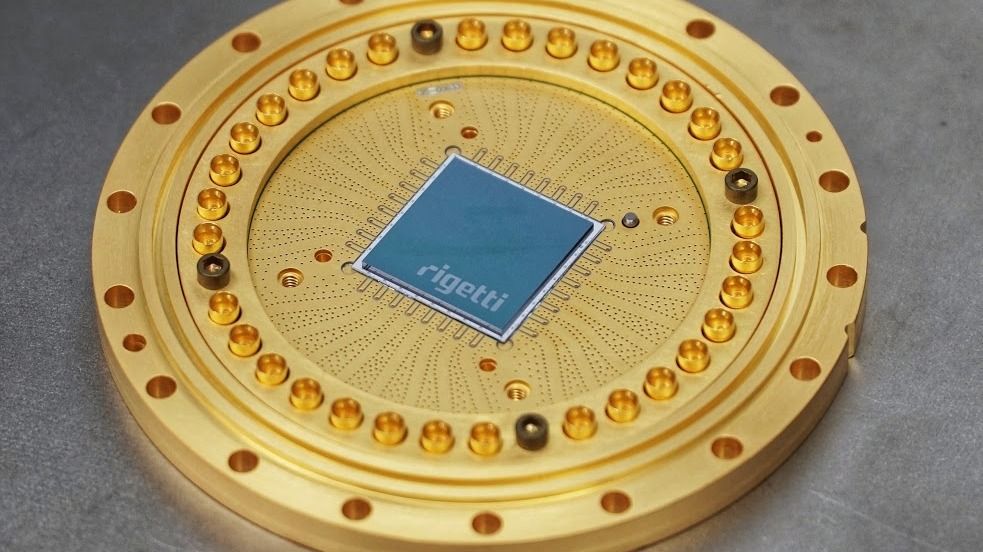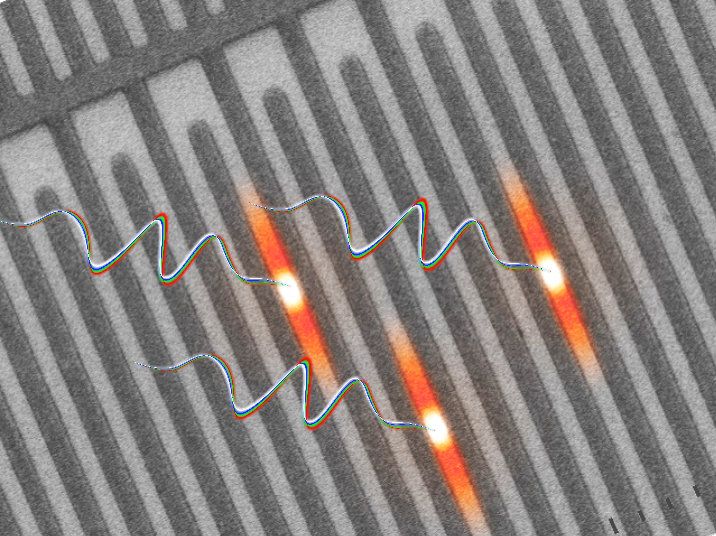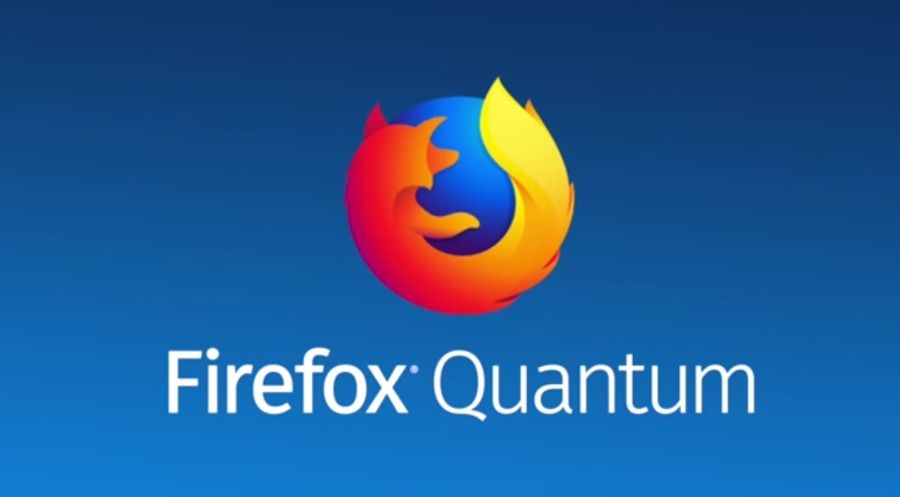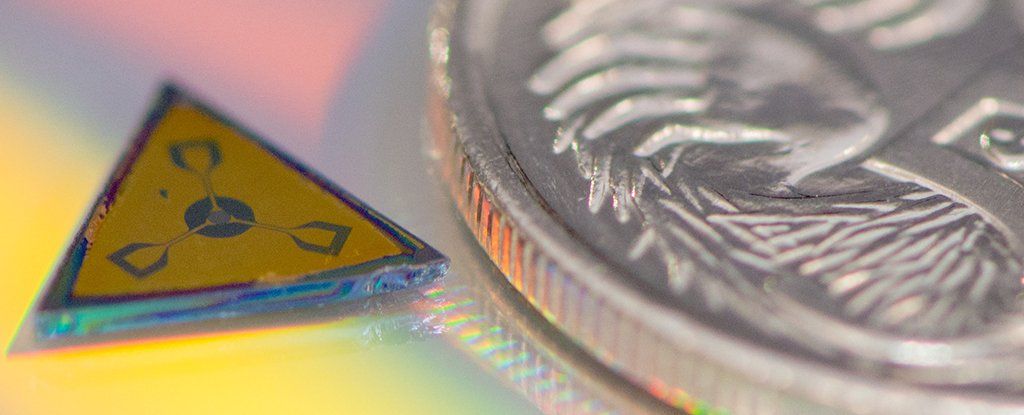We were recently visited by a traveler from outside our solar system. This is the first time we’ve ever seen an object that came to us from interstellar space. It’s name is ‘Oumuamua. Check out http://curiositystream.com/spacetime
You can further support us on Patreon at https://www.patreon.com/pbsspacetime
Get your own Space Time tshirt at http://bit.ly/1QlzoBi
Tweet at us! @pbsspacetime
Facebook: facebook.com/pbsspacetime
Email us! pbsspacetime [at] gmail [dot] com.
Comment on Reddit: http://www.reddit.com/r/pbsspacetime
Help translate our videos!
Previous Episode:
Understanding the Uncertainty Principle with Quantum Fourier Series.
In this Space Time Journal Club we look into the origins of ‘Oumuamua, an asteroid visiting us from beyond our solar system! We’ll focus on the results of:
“The origin of interstellar asteroidal objects like 1I/2017 U1”






